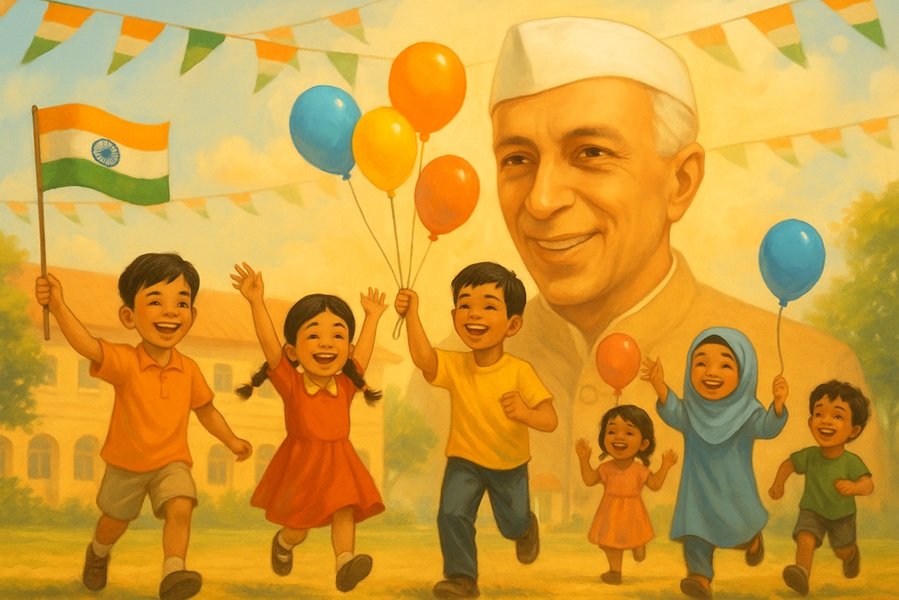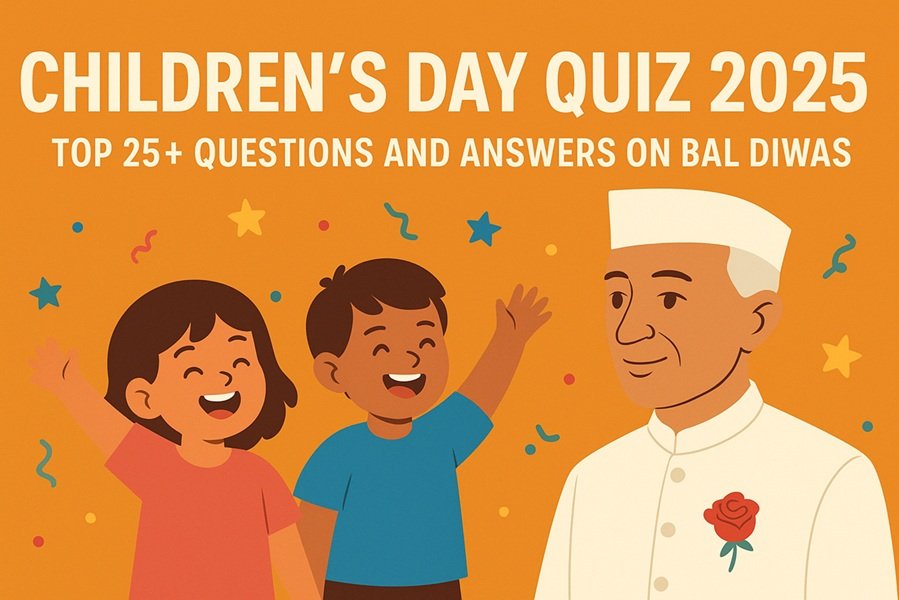
The formation of modern Uttar Pradesh marked a significant transition in Indian political and administrative history. Emerging from the colonial identity of the United Provinces, Uttar Pradesh was born as a state of the Indian Union on January 26, 1950, the day India adopted its Constitution and became a Republic. This article explores the historical process of this transformation, the administrative restructuring that followed independence, and how Uttar Pradesh evolved into a politically influential and culturally dynamic entity within the Indian federation.
Legacy of the United Provinces
Administrative and Political Background
- The United Provinces of Agra and Oudh had existed since 1902 as a colonial administrative unit.
- Its capital was shifted from Allahabad to Lucknow in 1921 for better administrative control.
- The province played a central role in the freedom movement and had a well-established administrative infrastructure.
Contributions to the Freedom Struggle
- Uttar Pradesh was the political heartland of the Indian National Congress.
- Major leaders including Jawaharlal Nehru, Motilal Nehru, Gobind Ballabh Pant, Subhadra Kumari Chauhan, and others came from this region.
- Cities like Allahabad, Lucknow, Kanpur, and Varanasi served as important centers of nationalist activities.
Renaming and Constitutional Recognition (1950)
Creation of Uttar Pradesh
- With the adoption of the Indian Constitution on January 26, 1950, the United Provinces was renamed Uttar Pradesh, meaning “Northern Province.”
- It became one of the original Part A States of the Indian Union.
- The name reflected both geographic identity and a break from colonial nomenclature.
First Governor and Chief Minister
- Sarojini Naidu, freedom fighter and poet, was appointed as the first Governor of Uttar Pradesh.
- Govind Ballabh Pant, a senior Congress leader and close associate of Nehru, became the first Chief Minister of the state.
State Symbols and Identity
- Over the years, UP adopted its own state emblem, state animal (barasingha), state bird (sarus crane), and state tree (ashoka), strengthening its symbolic identity.
Reorganization and Administrative Changes
Formation of Districts and Divisions
- The state was divided into divisions, districts, tehsils, and gram panchayats.
- As of 2025, Uttar Pradesh comprises 75 districts, grouped into 18 divisions, making it one of the most administratively complex states in India.
High Court and Legislative Structure
- The Allahabad High Court, with a bench in Lucknow, continued as the highest judicial authority in the state.
- The state adopted a unicameral legislature, which later evolved into a bicameral legislature comprising the Vidhan Sabha (Legislative Assembly) and Vidhan Parishad (Legislative Council).
Political Significance in Independent India
Prime Ministers from Uttar Pradesh
- UP has produced the largest number of Indian Prime Ministers, including:
- Jawaharlal Nehru
- Indira Gandhi
- Rajiv Gandhi
- Vishwanath Pratap Singh
- Chandra Shekhar
- Atal Bihari Vajpayee
- Narendra Modi (although born in Gujarat, he represents Varanasi in the Lok Sabha)
Electoral Importance
- Uttar Pradesh sends 80 MPs to the Lok Sabha, the highest from any state.
- It is considered the political heartland of India due to its demographic size and historical weight.
Dominance of National and Regional Parties
- Initially dominated by the Indian National Congress until the late 1980s.
- Rise of regional parties like the Samajwadi Party (SP) and Bahujan Samaj Party (BSP) changed political dynamics.
- Recent decades have seen a resurgence of the Bharatiya Janata Party (BJP).
Socio-Economic Development and Challenges
Economic Landscape
- Predominantly agrarian economy transitioning into mixed economy.
- Major crops: wheat, sugarcane, rice, pulses.
- Industrial hubs: Kanpur (leather and textiles), Noida and Ghaziabad (IT and electronics), Varanasi (handicrafts), and Agra (tourism and footwear).
Infrastructure and Urbanization
- Expansion of roads, expressways (like the Yamuna, Purvanchal, and Bundelkhand expressways).
- Development of airports, rail connectivity, and smart cities.
Education and Health
- Major universities: Banaras Hindu University, Aligarh Muslim University, IIT Kanpur, IIM Lucknow.
- Health indicators improving but challenges remain in rural healthcare and female literacy.
Cultural and Linguistic Diversity
Languages
- Hindi is the official language; Urdu has the status of a second official language.
- Dialects: Awadhi, Bhojpuri, Braj, Bundeli, and Kannauji enrich the linguistic landscape.
Festivals and Traditions
- Celebrates both religious and cultural festivals like Diwali, Eid, Holi, Kumbh Mela, and Ram Navami.
- Home to classical arts, including Kathak dance, Hindustani classical music, and folk traditions.
Tourism and Heritage
- Key destinations: Agra (Taj Mahal), Varanasi, Ayodhya, Sarnath, Mathura, and Prayagraj.
- Pilgrimage circuits, wildlife tourism, and cultural festivals draw millions annually.
Conclusion: Towards a Modern Identity
Since its formation in 1950, Uttar Pradesh has grown from the shadows of colonial governance to become one of India’s most important states — politically, culturally, and economically. Despite facing significant challenges related to development, poverty, and governance, the state has consistently played a pivotal role in shaping India’s democratic journey.
In the next part of this series, we will explore the governance and political history of Uttar Pradesh post-independence, highlighting its chief ministers, major political movements, and impact on national politics.



